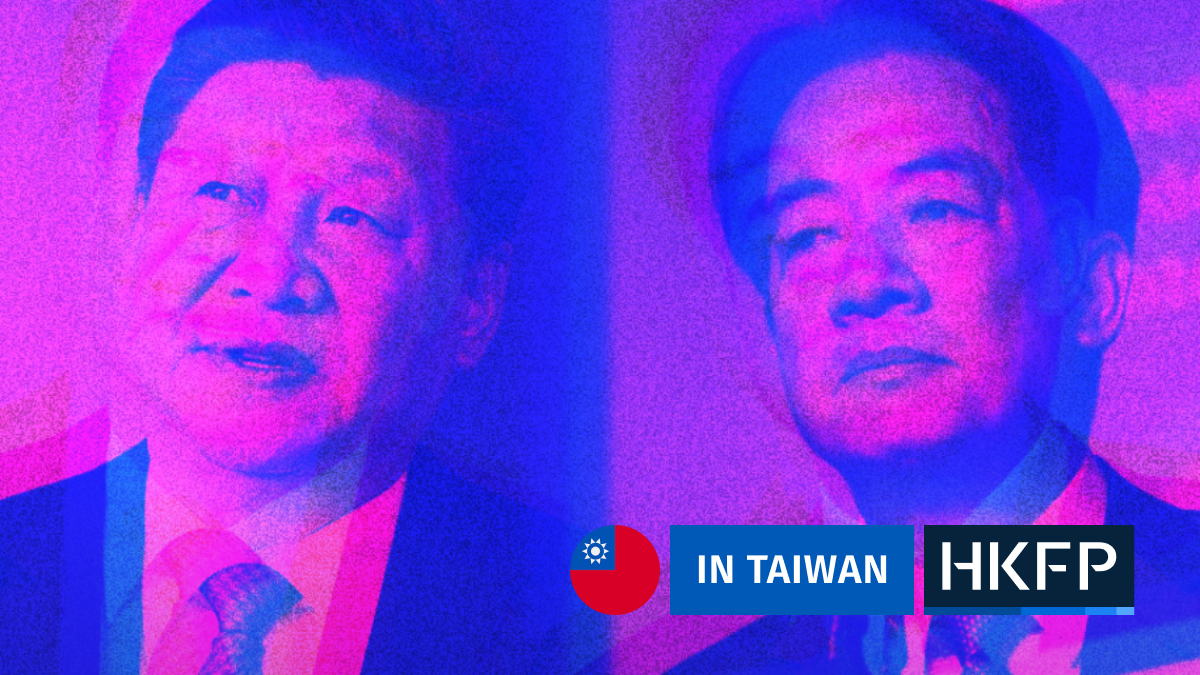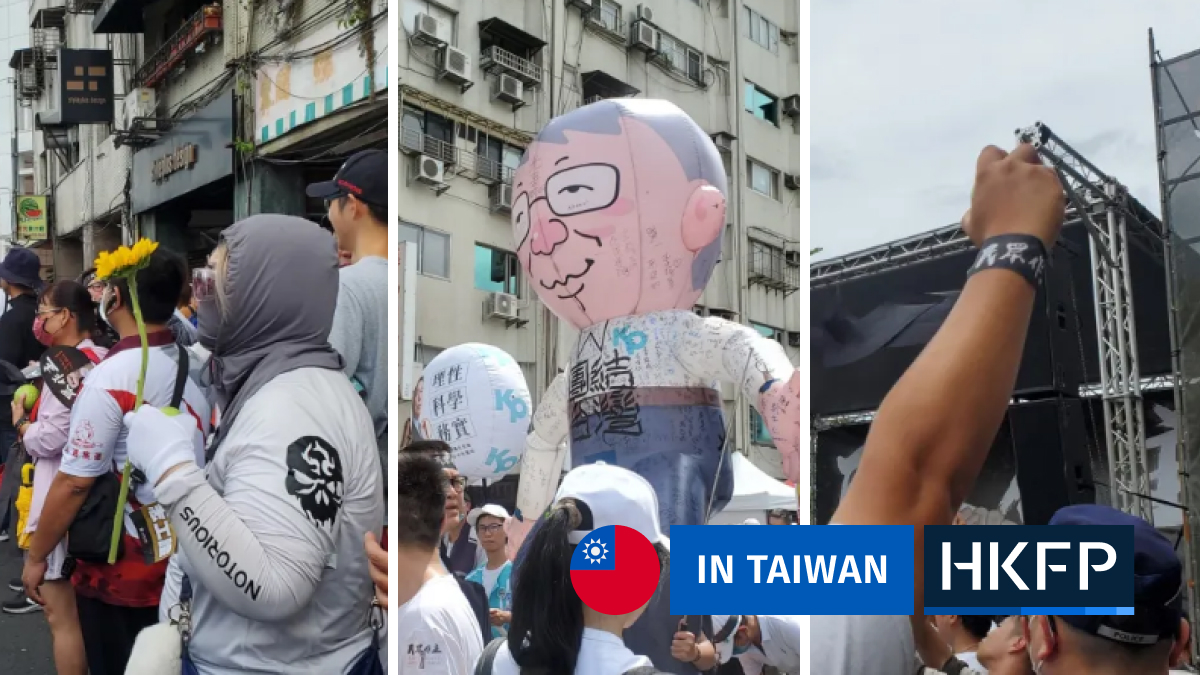Hong Kong’s High Court will allow the police to enter new evidence to challenge a previous ruling that officers’ failure to display identification during the 2019 protests had breached Hong Kong’s Bill of Rights.

The initial legal bid was brought by the Hong Kong Journalists Association, Raymond Yeung – a former secondary school teacher who was partially blinded by a police projectile at a 2019 protest – and three other applicants who allegedly suffered injuries at the hand of police officers during the 2019 protests and unrest.
In November 2020, Judge Anderson Chow ruled that the failure of the Commissioner of Police to ensure officers deployed in non-covert duties during operations related to the 2019 protests display unique identification violates the Hong Kong Bill of Rights.
On Friday, Chief Judge of High Court Jeremy Poon and Vice President of the Court of Appeal Susan Kwan granted the police commissioner and the Secretary for Justice the leave to cite new evidence in an appeal against Chow’s ruling.
The new evidence included the affirmations from four witnesses who would address the implementation of the police identification system, as well as occasions of non-compliance of police officers issued with identical identification tags.

Poon and Kwan ruled that the additional evidence “would probably have an important influence” on the previous ruling and said that although it could have been presented during the initial hearing, “the interest of justice demands” that it be admitted.
The two judges agreed with the government lawyer that “other protestors, observers and police officers have a significant interest in the outcome” of this legal challenge.
Meanwhile, the judges ruled against admitting the statistics and information provided by the Complaints Against Police Office as evidence, which would include the number of complaints in which an officer was identified because of the identification mechanism.
Poon and Kwan said such data “seek[s] to bolster an unsuccessful argument advanced before the judge with further evidence.”

The court granted the HKJA, Yeung and the other applicants 28 days to file evidence in response to the new evidence admitted. It also decided that cost orders will be made after the conclusion of the appeal.
‘Operational callsigns’
The police announced in October 2019 that frontline officers would wear unique identification tags with “operational callsigns” rather than their own police numbers.
The mechanism was introduced in the heat of the 2019 protests, when violent clashes often occurred between police and protesters, and amid criticism over officers concealing their identities.
“With an increasing number of doxxing cases, we need to find a balance between allowing the public to file complaints and protecting the privacy of police officers and their families,” a police representative told the press.
Support HKFP | Policies & Ethics | Error/typo? | Contact Us | Newsletter | Transparency & Annual Report | Apps
Help safeguard press freedom & keep HKFP free for all readers by supporting our team

LATEST FROM HKFP
HKFP has an impartial stance, transparent funding, and balanced coverage guided by an Ethics Code and Corrections Policy.
Support press freedom & help us surpass 1,000 monthly Patrons: 100% independent, governed by an ethics code & not-for-profit.










